Assist Bonus: How To Get New Players Thinking In-Character?
My players in my D&D campaign are fairly new. How do I encourage them to try more things and to get more into character without just saying “you should do more than what characters tell you to” or constantly bugging them to express themselves ?
-Alicia (@Flailmorpho_)
Alicia,
Very good question!
I like that you’ve already identified what won’t work: nagging. That’s something you do when players are tipping their chairs too far back, or tracking dirt into the apartment, or disturbing the neighbors on a weeknight. Roleplaying isn’t something you just forget to do; it’s a surprisingly complicated feat that doesn’t come easily to everyone.
So as I think you’ve already figured out, your real question is:
What techniques can I use to teach my players roleplaying?
In your question you mention expression: speaking, emoting, and acting out in-character. That can be one of the most fun and memorable parts of a roleplaying session, but when you’ve got brand-new players with no storytelling experience, it’s actually not the skillset you’re going to work on first.
Let’s talk about…
Rutskarn’s Roleplaying Ladder (Click for Full Size!)
No two players learn RPG skills at the same rate, but the hundreds of new or developing players I’ve taught have tended to learn them in the same order. Over time, I’ve formalized this process into a four-rung ladder.
You might have jumped the first few rungs, especially if you watched actual plays, had drama experience, or did a lot of creative writing. You might also have players who prefer lower rungs, or think they represent a “purer” experience, or have a different relationship with roleplaying due to disability. For these reasons and many more, the ladder is not qualitative. Especially in a game like Dungeons and Dragons (where in an extreme situation one or more players can quite happily play their character as impersonally as MMO toons) one level’s not “better” than any other. I’m happy with games run at any of these four levels as long as everyone else is happy.
So when you’re teaching your players, you don’t start by pushing them into climbing the ladder. You give them opportunities to develop skills at their own pace, to expand and diversify the way they play the game. If they enjoy doing so, that’s when you might “push” them by challenging them and validating their efforts.
Note that the players in your group will probably learn at different rates. When one player is “climbing” much faster than the others, don’t cater the whole campaign to their proficiency; that’s a good way of leaving the rest of the table feeling like henchmen who shouldn’t bother participating. Allow the fastest learners to express their character creatively, but avoid foisting challenges on the group (roleplaying, mechanical, or otherwise) which only they are up to.
Since I don’t know what your group’s like, I’m going to start right at the beginning.

HeroQuest, a 1989 dungeon-crawling boardgame.
FIRST RUNG: “My character is a sheet of stats I can represent with a token. How can I have my character do something?”
Although pop culture awareness of D&D is increasing, you might be surprised how many new players assume it’s essentially a board game. The idea that a character is not a more fanciful Halma pawn may need to be explained. If this is the case, you really don’t want to worry about rushing to rung three or four. Reserve your first session or two for creating characters, going over the basic rules, and teaching combat and dice rolling. Feel free to be imaginative and descriptive yourself, and let them be imaginative and descriptive back if they want to, but don’t worry about moving on until they seem comfortable.
At this level you’ll want to lay things out for players. Give them linear dungeons and simple combats. Present straightforward goals players can achieve decisively and which give them a feeling of accomplishment. Focus on making play exciting, enjoyable, and rewarding.
SECOND RUNG: “My character is an avatar and I must make choices which are in their interests. What should my character do?”
Once your players are comfortable with mechanical play (which may not take long!), you can encourage them to engage those mechanics creatively. You’ve helped a player reach this level when they see the game not as a test of rules mastery, like a strategy game, but as a simulated world they have free reign to navigate. When they’re looking for opportunities, making predictions about what will happen next, and deciding on courses of action that haven’t been thrust upon them; when they listen to your description, think about the scene as though they were there, and decide what to do with the information you’ve provided.
Many players will learn these skills naturally, but for those who struggle, a good approach is to gradually sprinkle open-ended opportunities and problems into the game. Opportunities are nice to start with: present a treasure that’s locked up in a rusted-out cage with no key, or at the bottom of a very deep body of water, and see if they don’t stop and find a way to get it. Once they’re getting the hang of abstract thinking, start making them rely on it: show them a hallway where there’s a burned skeleton right between two gleaming, suspicious mirrors. Have the questgiver’s instructions fall apart midmission; the door that’s supposed to be open isn’t, or the compass breaks, or the maps don’t take into account the bandits infesting the region. Next, offer them questgivers with prizes that seem too good to be true and stories that seem to be missing some crucial details; teach them that just because they say hello instead of rolling initiative, not all NPCs are on their side. If all this goes down well, you might even start offering possibilities instead of straightforward dungeon quests: a region being invaded by orcs, a door opened to a faraway realm, a haunted castle and its sprawling grounds. Encourage them to set their own goals and lay their own plans.
Once your players seem reasonably secure in navigating the simulated world, you can start teaching the next level of play.

Art from the Dragonlance novels. Inspired many players to inhabit a character actively, completely, and in a fashion totally obnoxious to the rest of the party.
THIRD RUNG: “My character is a personality with plans, principles, and feelings distinct from my own. What would my character do?”
At the previous rung, players were capable of appraising a fictional world. At this rung, they can do so through the lens of their fictional character. Not only can they think about the challenges and situations you’re presenting, they can decide how a character they’ve created would respond to them.
Please note that there’s a critical distinction between accomplishing this mental exercise and displaying it. In other words: don’t worry about stressing “acting” at the table. Coming up with a character’s “dialogue” and emoting properly is a whole different bag of tricks and is secondary to knowing who their character is. Let them develop the showy stuff in their own time, and don’t be afraid to let players “sum up” what their character says instead of speaking in-character. Before they worry about how their character expresses themselves, they should decide what their player feels and experiences.
So how do you help players develop a sense of character? Two ways: by giving them questions, and by offering them answers.
Give them questions because that’s how you get someone thinking about something that wouldn’t have crossed their mind otherwise. When their character enters a tavern and orders a drink, find out what kind of drink they’re ordering. When they hear some guardsmen joking about “hayseed farmers,” ask how their character responds to that kind of joke. When they see someone being robbed, ask how they react.
Give them answers because the hardest thing for new players (or especially people not used to being creative) is straining infinite possibilities down to one. Making sure a player has something to work from going into the game is critical. Consider randomly generating a backstory or creating one together; if you don’t, make sure that the first “questions” you ask are relevant to information the player naturally came up with during character creation. Even a novice roleplayer can generally make in-character decisions if it’s just a matter of connecting a few dots. I’m a big tough warrior, so I order something strong. My background is “rural,” so I don’t like people making fun of country folk. I’m Neutral Evil, so I don’t care what happens to a stranger. If these sound overly deterministic, they definitely are, but remember that it’s just a start. (I hope I don’t have to say this, but please don’t make the “data” you ask players to stereotypically draw from relate to real-world stereotypes.)
Next, help players go beyond the stuff already on their character sheet. Between sessions, ask more questions about their character: why did you get into adventuring? What subjects fascinate you? What’s something about you that’s different from most $characterArchetype? Then ask questions that relate to these answers. As an exercise, have players write down every time they learn or decide something new about their character. Remind them that there’s no wrong answers, and that everything they put down is true for their character.
When players are used to roleplaying in low-stakes situations, start asking questions that are a little more actionable. Do you trust this NPC? Do you sympathize with the enemy? Are you worried about this obstacle? Feel free to ask questions about their answers, but do so in a casual, laid-back way: it’s a conversation, not an exam. I have to say that asking these kinds of story-based questions is pretty good practice regardless of how good your roleplayers are for reasons that I discuss in our next category.
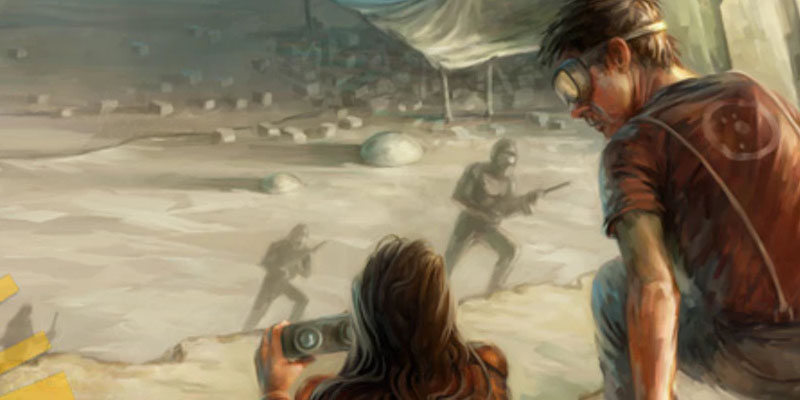
Cover to Durance, a game where the group works together to kill and emotionally devastate their characters. (No, seriously.)
FOURTH RUNG: “My character is an element of the story that I, and the rest of the group, are trying to tell. How can my character make this narrative interesting?”
It may not seem like it, but I’d argue that the gap between rungs three and four are the biggest on the ladder. A lot of players don’t seem aware that this rung exists. Some, I must say, are aware and actively disdainful. You might play RPGs your entire life and never have a table full of players all happy to be here.
Level four starts with realizing: you don’t know your character very well.
Maybe you’re arguing with me. Maybe you’re showing me the literal novel you wrote for their backstory. To which I say, that’s a really neat thing to do, and I respect that! But you still don’t have a whole person: what you have is an extremely comprehensive framework that you can use to to extrapolate an entire person. “Dudley’s favorite food is steak.” Whenever a question or scenario touches on a part of your character that’s currently empty space, which in an interesting session is probably happening regularly, you use what you do know, and what you feel, to create something to fill it. “Dudley’s favorite thing to order at Chipotle is a steak burrito.”
The reality is that you are an author, and romanticism aside, you have privilege to do whatever you wish with your character. You can put whatever you want into that empty space, even if it jibes oddly with what you “knew” and what you “feel.” In fact, the occasional contradiction, hypocrisy, or non-sequitur often makes a character feel more like a real person. When you reach rung four, you’re able to reach beyond your instincts and steer your character in a way which positively impact the whole game.
Most players get this on some level. You might regard a big shiny red button connected to a doomsday machine and think: “In-character, I’d probably press this, but out-of-character, I don’t think the rest of the players would be amused. If playing my character faithfully means being an annoying real-world buzzkill, it’s not worth it.”
Truly reaching this rung means doing this more actively, subtly, and purposefully. It means not refusing to act in-character, but ensuring that in-character actions actions are always appropriate for the story being told; adding nuance, experiences, growth, and relationships which justify the most fun in-character choice as the correct in-character choice.
Say you’re playing an evil, selfish bastard. The tone of the game is pretty lighthearted, but because you’re constantly being watched or your abilities are restricted, you manage to remain a figure of fun: the constantly-frustrated, impotent would-be villain. This dynamic works so well you’re practically the group’s mascot. Players have a blast roleplaying how oblivious their shiny heroes are to your true nature, and you have a blast roleplaying how weary you are of their bubbly heroics.
Then some fluke of the story, unforseen by players or GM, puts you in a situation where you really can do something that’s beyond the pale. Where you can kill, or torture, or otherwise push the game’s tone into a much darker territory. You sense that doing so won’t actually be fun for anybody at the table: it’ll make things too real. Your character will stop being the comic relief and start being a niggling, unpleasant splinter in an otherwise healthy narrative. And yet, it’d be the in-character thing to do. So your hands are tied, right?
Of course not.
Now, the other players at the table may want you to go ahead and do whatever seems most in-character. They may decide that preserving the illusion of objective people in an objective simulation is worth some discomfort. But deciding that your hands are not tied, and that the discomfort isn’t worth it, and that your character is not objective, don’t reflect a lack of commitment to roleplaying. Rather, they reflect a more nuanced relationship with collaborative storytelling.
As a player on the fourth rung, you find a way to play your character that serves the story. This doesn’t have to mean watering your character down; you don’t have to decide that the good party members are rubbing off on them, or that they have some kind of aversion to the specific evil act you’re contemplating, although either might be a fun direction to go in. Maybe your character passes up the opportunity, then slaps their forehead as they realize the party’s conditioned them to be good all the time. Maybe you “try” to take the opportunity, but roleplay how your character’s out-of-practice or given to gloating or otherwise incompetent and lets it slip through their fingers. Failing at either of these, maybe you even say aloud to the players and GM: “Alright, let’s come up with some excuse to get my character out of here before this gets really sinister.” All are valid, common-sense moves that demonstrate confidence in your storytelling ability and a respect for your group.
As a GM, this is one rung you don’t teach indirectly. You teach it be being open and honest with your players and by inviting them, directly, to discuss their hesitations and displeasures and regrets. You step up to act as moderator, not just storyteller and referee. And to an extent, you achieve it by being laid-back about acting in-character.
And in a way, that’s what I’d like to be my final take-away. As I’ve said, teaching players more advanced roleplaying techniques can mean everyone at the table has more fun, but it’s never something you do for its own sake. At the end of the day, your goal as GM is to make sure players enjoy themselves as much as they are able.
I hope that helps, Alicia!
If you’d like your question to be featured on a future Assist Bonus, post your question in the comments, DM it to @Rutskarn, or send it anonymously here. Be sure to include whatever username or alias you’d like me to use for you!

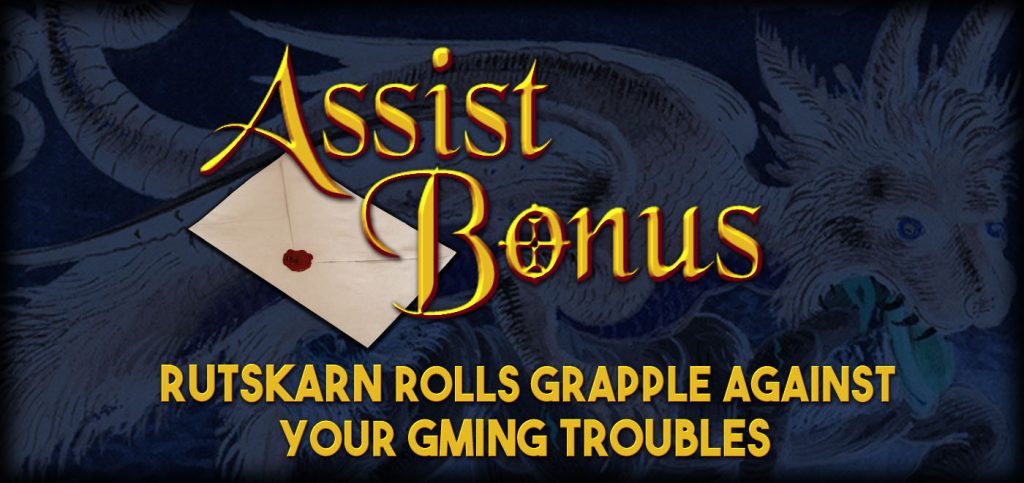
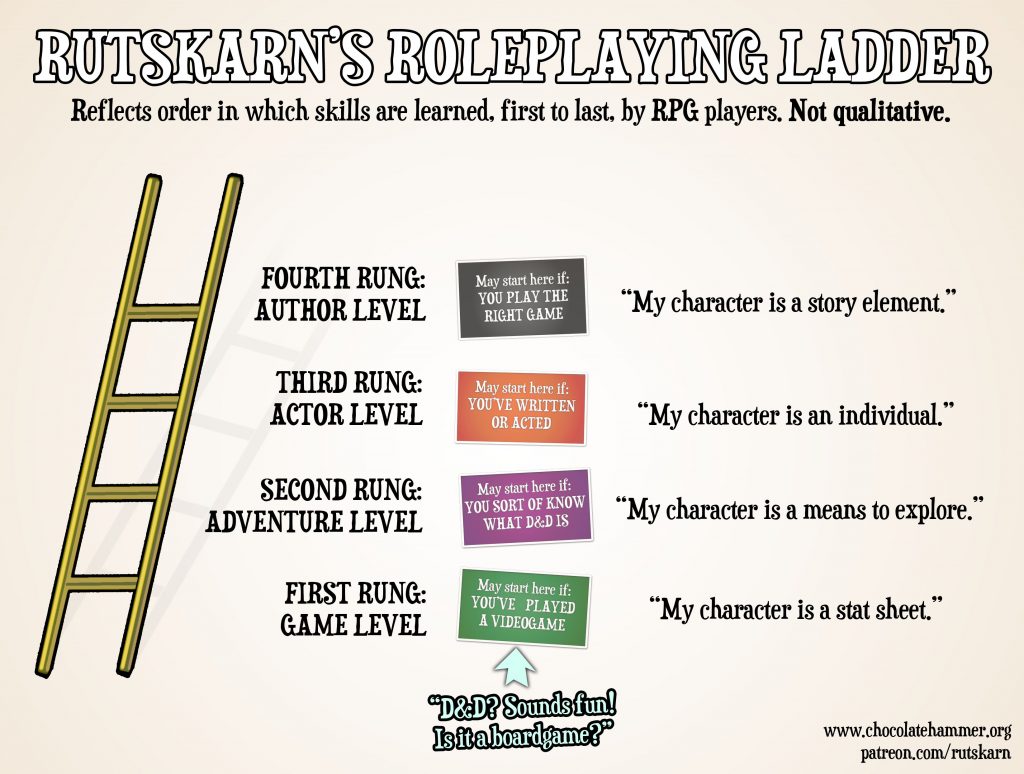
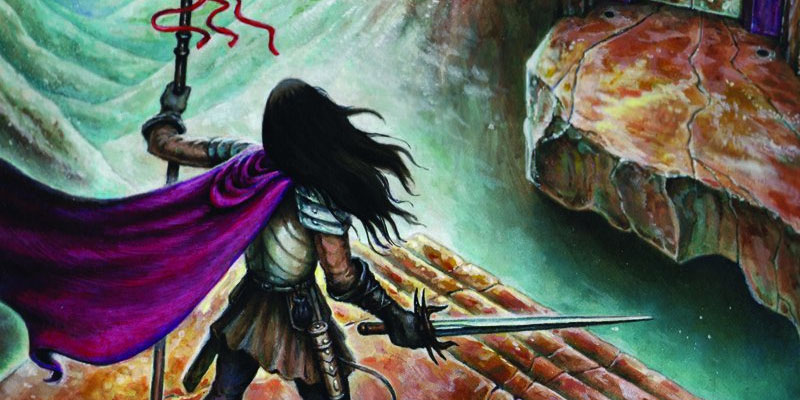



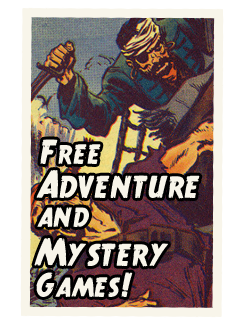

This is really good stuff, I’m bookmarking it for later reference.
I tentatively suggest calling the four rungs Could’a, Should’a, Would’a, and CHIM.
As someone who finds themselves GMing people’s first TTRPG with surprising frequency, this is excellent and much-needed advice.